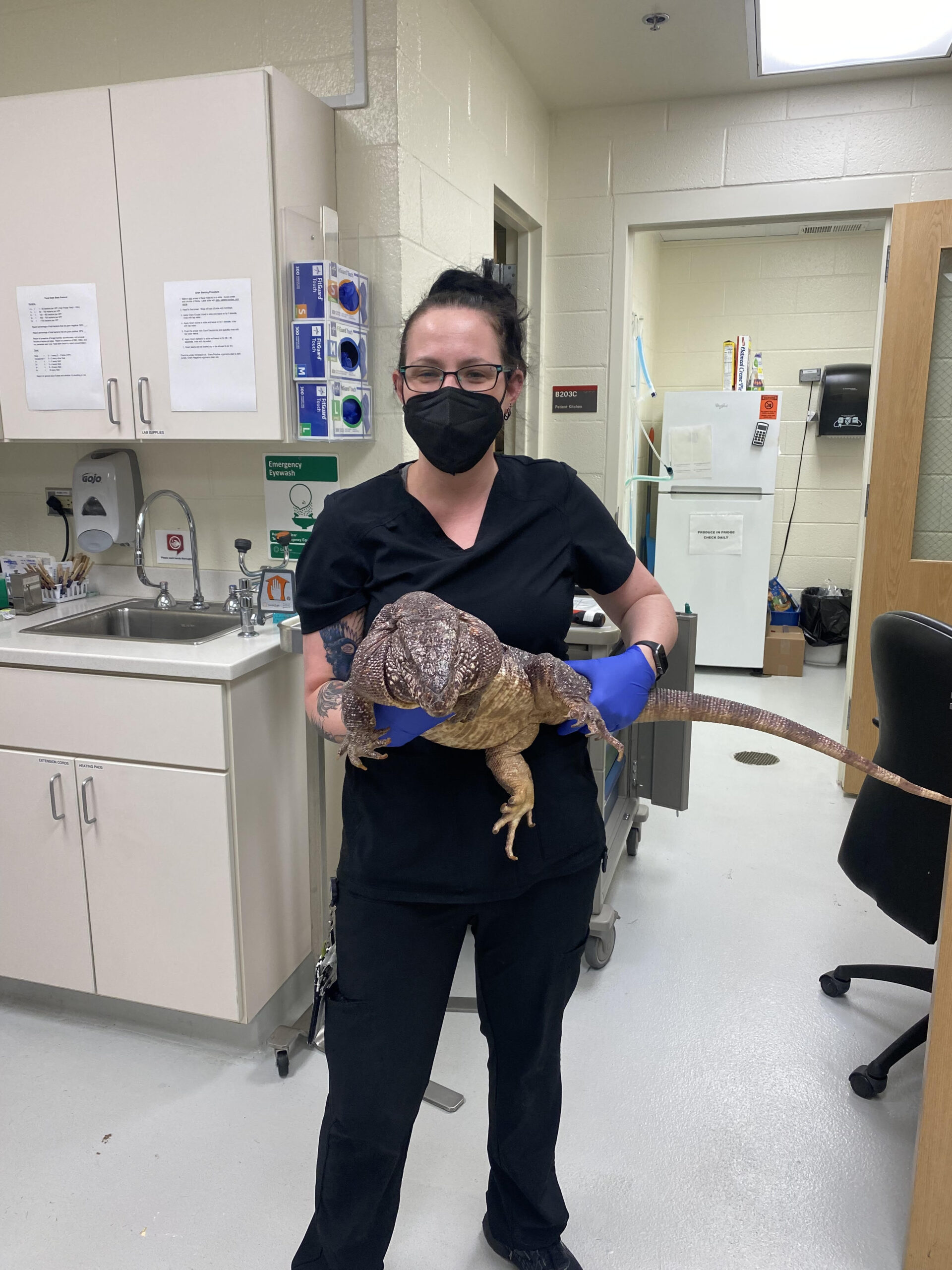Meagan Smith, RVT, VTS (Anesthesia & Analgesia)
Veterinary pain management is a cornerstone of compassionate care, ensuring the comfort and well-being of our animal companions. With concerns over opioid-related side effects, the opioid crisis, opioid shortage, and the lack of availability to many private practices, the veterinary community is increasingly turning to non-opioid alternatives for effective pain relief. In this article, we delve into the role of NMDA antagonists as valuable additions to the toolkit of pain management options, while also understanding the intricacies of the pain pathway.
The Pain Pathway:
The pain pathway is a sophisticated network of sensory nerves, neurotransmitters, and receptors that work together to transmit and interpret pain signals. Nociceptors, specialized nerve endings, play a crucial role in detecting harmful stimuli like tissue injury or inflammation. These signals are then relayed through neurons to the spinal cord and brain for processing.
1. Transduction: Nociceptors detect and convert harmful stimuli into electrical signals.
2. Transmission: These signals travel along neurons, utilizing neurotransmitters like substance P to aid in their transmission.
3. Perception: The brain interprets these signals, generating the sensation of pain. Psychological and cognitive factors can influence pain perception.
4. Modulation: Descending pathways from the brain can amplify or inhibit pain signals, offering opportunities for intervention to manage pain.
Non-Opioid Alternatives:
1. Non-Steroidal Anti-Inflammatory Drugs (NSAIDs): These drugs reduce the production of pain-inducing prostaglandins and are effective for managing inflammatory pain.
2. Local Anesthetics: Providing targeted pain relief, local anesthetics block nerve signals at the site of application, commonly used for nerve blocks and regional anesthesia.
3. Alpha-2 Adrenergic Agonists: Modulating pain signals in the spinal cord and brain, these agents induce sedation and analgesia, particularly useful for procedural pain.
4. Gabapentin: These drugs alter neurotransmitter release, effectively managing neuropathic pain resulting from nerve damage.
5. NMDA Antagonists: NMDA receptors play a pivotal role in pain sensitization. NMDA antagonists, such as ketamine and amantadine, block these receptors, preventing pain amplification and offering profound analgesia.
6. Physical Modalities: Acupuncture, laser therapy, and therapeutic ultrasound stimulate specific points or tissues, promoting healing and pain reduction.
As dedicated veterinary professionals, it is our duty to provide compassionate and effective pain management strategies that prioritize the well-being of our animal patients. Incorporating non-opioid alternatives, including NMDA antagonists, into our pain management protocols enhances our ability to tailor treatments that address diverse pain scenarios. By comprehending the pain pathway and leveraging these alternatives, we navigate the evolving landscape of pain management with expertise and empathy, ultimately improving the quality of life for the animals entrusted to our care.

